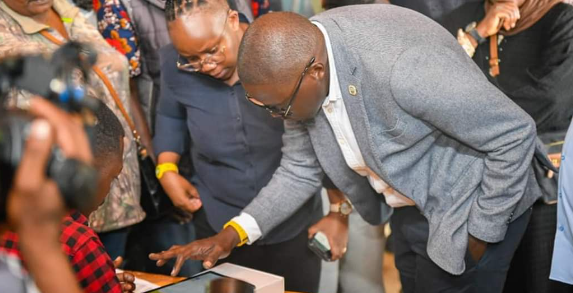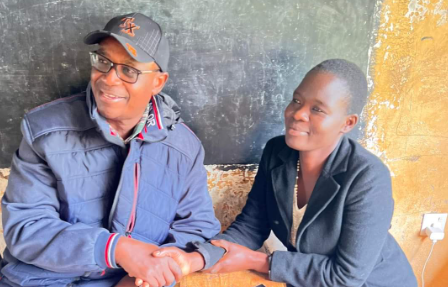Kidero, Sakaja vote as UDA grassroots elections kick off in 5 counties
By Collins Amanga, April 26, 2024Former Nairobi Governor Evans Kidero and current county boss Johnson Sakaja were among the notable figures who participated in voting during the United Democratic Alliance (UDA) grassroots elections on Friday.
The elections, part of the party’s efforts to strengthen its structure at the grassroots level, began in Homa Bay, Nairobi, West Pokot, Busia, and Narok.
Kidero, who joined UDA in March 2023, cast his vote in Homa Bay, marking his active involvement in the party’s affairs.
Dr @KideroEvans participates in the#UDAGrassrootsPoll pic.twitter.com/SQLC3IPCKM
— United Democratic Alliance, UDA. (@UDAKenya) April 26, 2024
Since his move to UDA, Kidero has been involved in rallying support for the party in the region. He led efforts to register new UDA members through manual and online methods in April 2023.
Kidero’s switch to UDA came after his unsuccessful bid as an independent candidate in the 2022 Homa Bay Gubernatorial election.
The Orange Democratic Movement (ODM) party had given its gubernatorial ticket to Gladys Wanga, who won the election with 244,559 votes.
Kidero, who garnered 154,182 votes, contested the results in court, but the High Court dismissed his petition challenging Wanga’s victory.
Sakaja votes
Meanwhile, Sakaja also voted in UDA grassroots elections in Nairobi.
The elections are being conducted across various levels, including polling centres, wards, constituencies, and counties.
UDA’s structure at the county level includes a congress consisting of 20 constituency committee members and elected county leaders.

This body is responsible for electing 13 officials, such as a chairperson, a deputy chairperson, a secretary, a deputy secretary, and a treasurer. The congress also includes organizing secretaries and representatives for youth, women, persons with disabilities, MSMEs, farmers, religious groups, and professional groups.
At the constituency level, a similar structure exists, with a congress bringing together 20 committee members from the ward and the elected Member of the National Assembly.
The Ward Congress also comprises 20 polling centre committee members, who represent various groups, including religious communities, MSMEs, youth, special interest groups, farmers, and both genders.
More Articles

